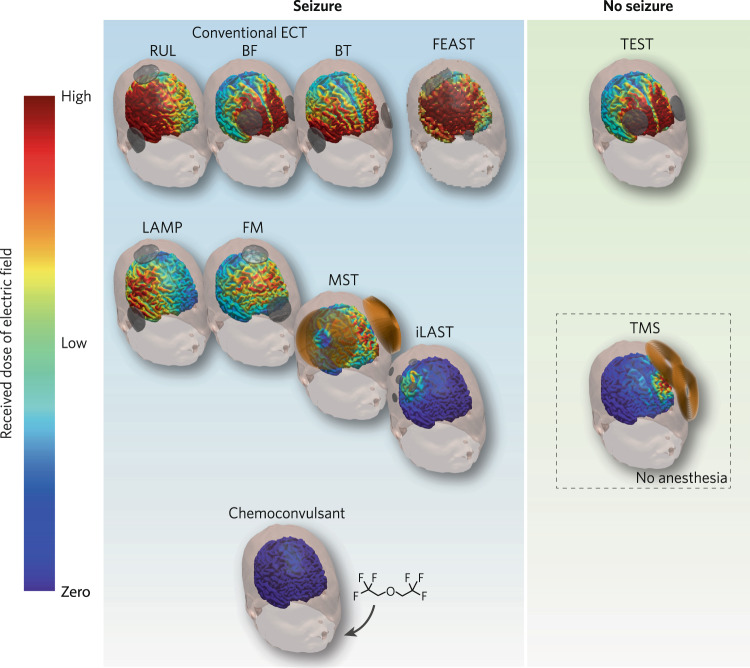Fig. 1. Seizure and nonseizure modalities for treatment of depression.
Conventional ECT techniques, with standard right unilateral (RUL), bifrontal (BF), and bitemporal (BT) electrode placements, and experimental technique such as focal electrically administered seizure therapy (FEAST), involve the use of high amplitude E-field for seizure induction. With conventional ECT, the E-field and seizure are always coupled, which does not allow for the study their relative contribution to clinical outcome and cognitive side effects. Techniques that use low amplitude currents for seizure induction include: low amplitude ECT (LAMP), frontomedial (FM) ECT, magnetic seizure therapy (MST), and individualized low amplitude seizure therapy (iLAST). The use of chemoconvulsant for seizure induction involves no use of electricity. These techniques allow us to test the hypothesis that the seizure drives efficacy while the E-field drives side effects. Transcranial electrical stimulation therapy (TEST) is a nonconvulsive modality that use high amplitude E-field. TEST allows us to evaluate the hypothesis that sufficiently high amplitude E-field drive efficacy while the seizure drives side effects. Finally, transcranial magnetic stimulation (TMS) is another nonconvulsive modality that use low amplitude E-field, which allows us to test the hypothesis that low amplitude stimulation, applied repetitively, have a cumulative effect on efficacy with minimal side effects.

